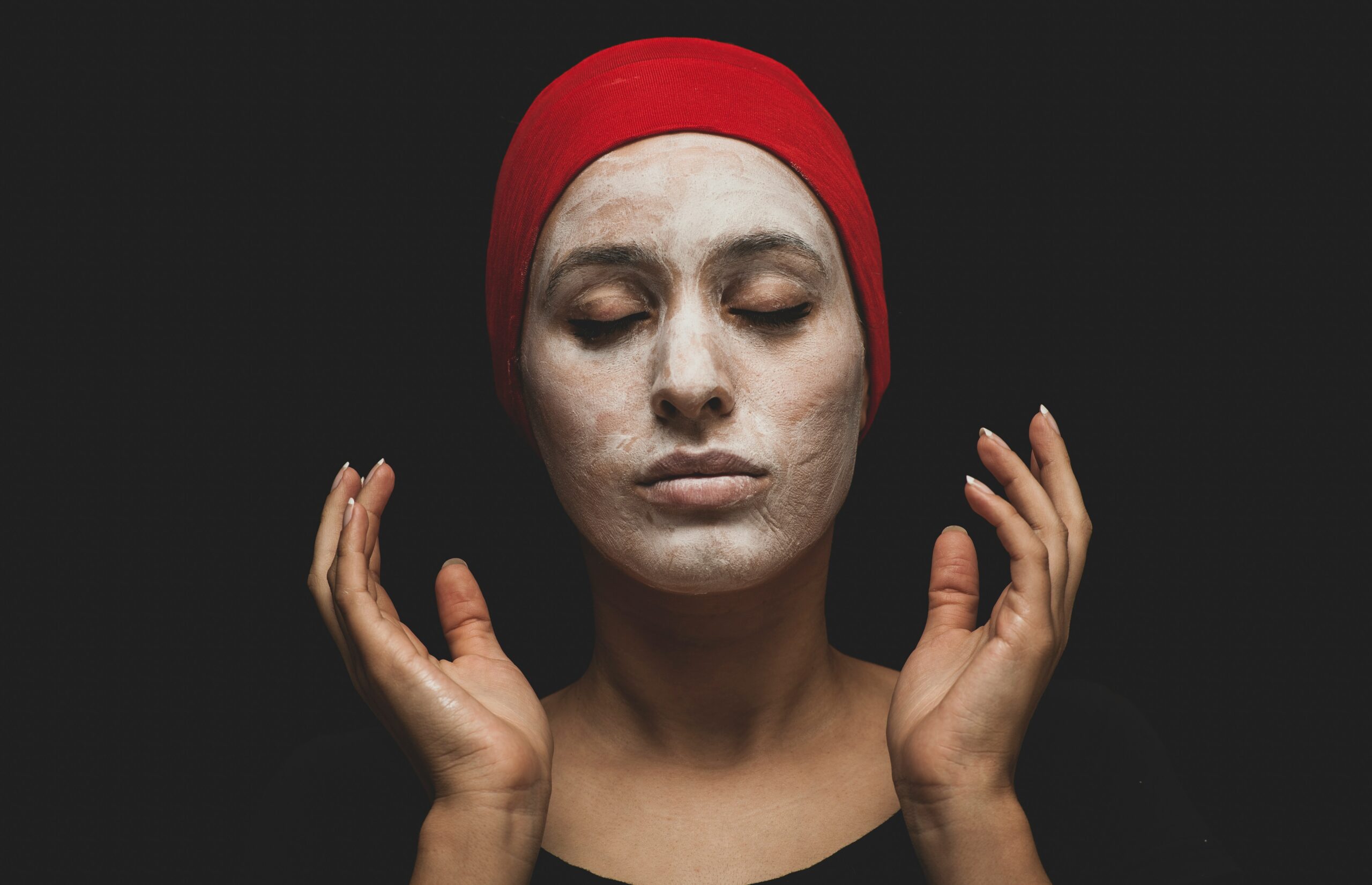Oily skin is a love-hate relationship. While it gives you that natural glow, it also brings along an unwanted guest: shine and breakouts. The solution? A well-structured skincare routine that changes with the clock. In this guide, we’ll explore how your morning and evening regimens should differ to support oily skin without overwhelming it.
Understanding Oily Skin
What causes oily skin?
Your sebaceous glands produce sebum—a natural oil meant to protect your skin. But in oily skin types, these glands go into overdrive. The result? A greasy T-zone, clogged pores, and acne.
Characteristics of oily skin
- Shiny or greasy appearance
- Enlarged pores
- Frequent breakouts
- Makeup melts off quickly
Why time of day matters
Your skin behaves differently during the day and at night. In the morning, it needs protection from UV rays and pollution. At night, it focuses on repair. Matching your routine to these cycles is key.
The Morning Skincare Routine for Oily Skin
Step 1 – Gentle Cleansing to Start Fresh
Choose a sulfate-free foaming cleanser that removes excess oil without stripping your skin. Morning sweat and sebum need to go.
Step 2 – Toner to Balance pH
Use an alcohol-free toner with ingredients like witch hazel or green tea to prep your skin and tighten pores.
Check out: Homemade Toner Recipes
Step 3 – Lightweight Serum or Essence
Niacinamide or hyaluronic acid helps control oil and hydrate your skin without heaviness.
Step 4 – Oil-Free Moisturizer
Never skip moisturizer, even if you’re oily. Look for gel-based, non-comedogenic formulas.
Step 5 – Broad-Spectrum SPF 30+
Sunscreen is essential—even indoors. It protects from UV damage and prevents premature aging.
Pro Tip: Powder sunscreens are great for mid-day touch-ups.
The Night Skincare Routine for Oily Skin
Step 1 – Double Cleansing to Remove Grime
Start with an oil-based cleanser to dissolve makeup, followed by your regular foaming cleanser.
Step 2 – Exfoliation (2–3 times per week)
Use salicylic acid or AHA/BHA exfoliants to prevent clogged pores.
Step 3 – Targeted Treatment (Retinol, Niacinamide, etc.)
Night is when active ingredients shine. Retinol speeds up cell turnover, while niacinamide reduces inflammation.
Step 4 – Hydrating Night Cream or Gel
Use lightweight but nourishing moisturizers. Avoid heavy occlusives that can clog pores.
Key Differences Between AM and PM Routine
- Goal: Morning protects; night repairs
- SPF: Only in AM
- Actives: Stronger in PM (like retinol)
- Cleanser: Single in AM, double in PM
Common Mistakes to Avoid
- Overwashing: Strips natural oils and worsens oiliness
- Skipping Moisturizer: Triggers more oil production
- Not Using SPF Daily: Leads to premature aging and uneven tone
Ingredient Spotlight
Daytime Heroes
- Niacinamide: Reduces oil and soothes inflammation
- Green Tea: Antioxidant that calms skin
- Zinc: Regulates sebum
Nighttime Warriors
- Retinol: Cell turnover and acne fighter
- Salicylic Acid: Decongests pores
- Peptides: Skin barrier repair
Weekly Add-Ons for Oily Skin
- Clay Masks: Absorb oil and detox skin
- Sheet Masks: Hydrate and soothe
- Facial Massage: Boost circulation and lymphatic drainage
Seasonal Adjustments
- Summer: Switch to lighter moisturizers and blotting sheets
- Winter: Add a hydrating serum and reduce exfoliation
Final Thoughts: Build a Routine That Works for You
Oily skin doesn’t mean bad skin. With a few tweaks to your morning and night routines, you can keep shine under control and your glow on point. Consistency, not perfection, is your best skincare tool!
FAQs
1. Can I skip moisturizer if I have oily skin?
No. Skipping moisturizer can lead your skin to overproduce oil. Just choose a lightweight, non-comedogenic formula.
2. Is retinol safe to use at night for oily skin?
Yes, especially in low concentrations. Start slowly (2–3 times per week) and moisturize well.
3. Should I wash my face twice daily?
Absolutely. Use a gentle cleanser in the morning and double cleanse at night to remove grime and SPF.
4. Can I use the same toner morning and night?
Yes, if it’s gentle and alcohol-free. Consider switching formulas if you use active treatments at night.
5. What’s the best time to exfoliate oily skin?
Evening, 2–3 times a week, to avoid sun sensitivity and support overnight cell renewal.

Hi! I’m Katia Luján, an SEO and Content Marketing expert with over 10 years of experience helping websites grow organically and get approved by Google AdSense.
I’ve worked in Google’s Trust & Safety team for AdSense and have helped more than 100 websites comply with monetization policies. Currently, I’m the strategist behind Buzzlix—creating SEO-optimized, high-quality content on beauty, skincare, and self-care.
I’m passionate about empowering others with actionable, sustainable, and accessible beauty content.


Leave a Reply